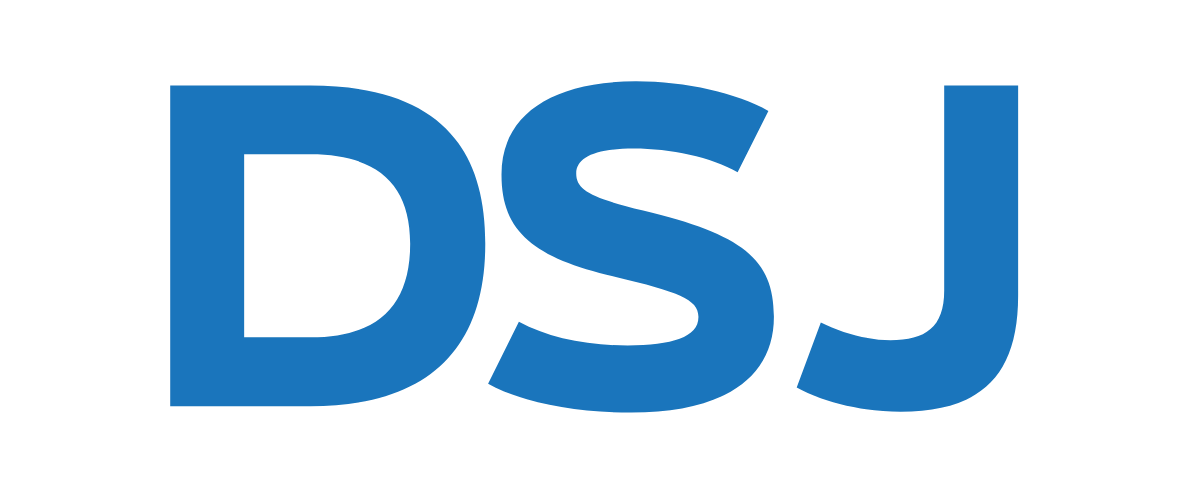For the first time since 2018, Federal Reserve Officials have voted to lift interest rates. They also agreed on penciling in six more increases to take place by year’s end. This is the most aggressive pace we have seen since the recession in 2008, and it is part of an accelerated effort to stop the economy from overheating and reducing inflation that is now running at its highest level in 40 years.
Benchmark Interest Rate Raised
After being able to keep the benchmark interest rate close to zero since the start of the pandemic, the Federal Open Market Committee stated that it will raise rates by 25 basis points, also referred to as a quarter percentage point. This will ultimately bring the new rate into a range of .25% – 0.5% from near zero. Unfortunately, this increase is parallel to a hike in the prime rate and is also expected to instantly send financing costs higher for many forms of consumer crediting and borrowing; so be on the lookout for a jump in your credit card rates
More Rate Increases Scheduled
The Federal Open Market Committee has also scheduled increases at each of their six remaining meetings this year. This points to a consensus funds rate of 1.9% by the end of the year. This is approximately one percentage point higher than what was indicated by the committee in December. In a statement made after the agreement, the committee stated they anticipate that ongoing increases within that target range of .25%-.50% will be necessary, with a good probability of a rate somewhere between 2.25-2.75% by July 2023.
Fed Balance Sheet Reduction
The Fed currently has a $9 trillion balance sheet which is mainly made up of Treasuries and mortgage-backed securities, which is more than double of its size pre-pandemic. They expect to begin the reduction of its holding of these securities at a meeting in the coming weeks. It was hinted in a news conference that the reduction of the balance sheet could begin as early as May.
Monitoring Inflation
The FOMC said they are carefully monitoring the upward pressure on inflation and other factors that may contribute to inflation throughout the rest of this year. Fed Chairman Jerome Powell said in a statement “ The Committee is determined to take the measures necessary to restore price stability. The US economy is very strong and well-positioned to handle tighter monetary policy.”
After seeing much higher inflation than originally anticipated, Fed Officials are adjusting their outlook on the economy on multiple fronts. The Personal Consumption expenditures index excluding food and energy is expected to reflect 4.1% growth this year. This is much higher than the 2.7% they projected in December. Core PCE (personal consumption expenditures) is expected to be in the 2.3% – 2.7% range for the next two years, before hopefully leveling off at 2% downrange.
Wrap Up
As these new rates are introduced throughout this year, it is important to be aware of higher borrowing costs. Mortgage owners may have to pay a little more each month as well. Although this is viewed as negative, it can also encourage saving and combat the inflation of a struggling economy.
